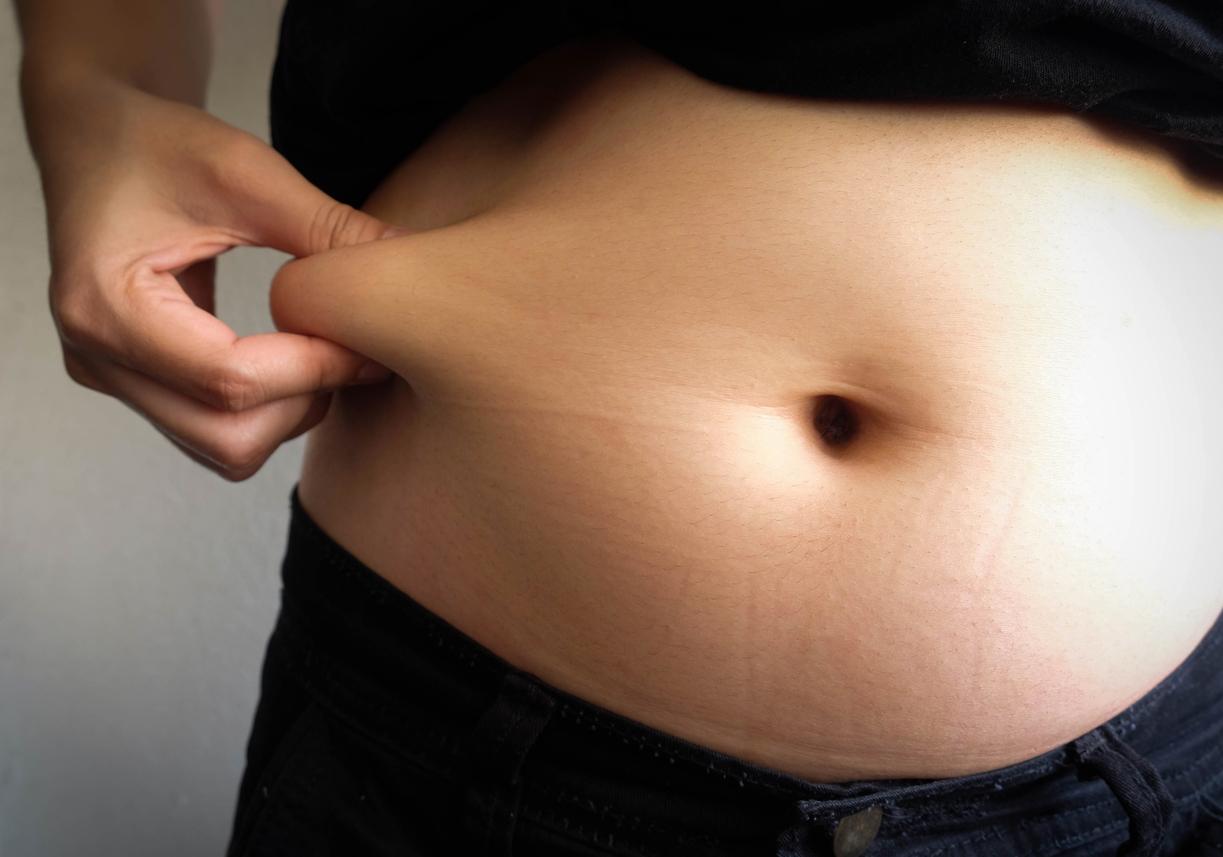An enzyme capable of naturally reducing body fat has been discovered. Located in brown fat, it causes weight loss by burning calories without storing them.

Brown fat is talking about her again. This adipose tissue, very little present in humans, tends to promote weight loss. But its mechanism is more vague. A team from the Dana-Farber Cancer Institute (Boston, Massachusetts, United States) partially lifts this veil. She publishes in Cell a mouse study that reveals an alternative action.
A natural fat burner
For the sake of this work, the researchers made a group of mice obese using a fatty diet. Then they became interested in the adipose tissue of animals. Three forms exist: white fat – which stores calories -, brown fat – which burns energy – and beige fat – which is more balanced.
In these last two cases, the consumption of glucose is modified. Instead of converting calories and then storing the excess, cells separate the two processes and just burn glucose. It is this natural “fat burner” that allows weight loss.
A first mechanism has been identified. It is located in the mitochondria, the abundant presence of which explains the different color of brown fat. The UCP1 protein was considered to be the only source responsible for the phenomenon.
A new preventive approach?
But an alternative operation has been unearthed by the American team. The enzyme PM20D1, secreted by brown and beige fat, also triggers the “fat burning” process. For this, amino acids that convert energy into heat are released. Work in mice has confirmed this.
The protein was injected into obese rodents. As early as 8 days, amino acids triggered major weight loss, only in fatty tissue. And for good reason: their concentration in the blood was increased.
“These data suggest that either PM20D1 or the N-acyl amino acids can be used therapeutically in the treatment of obesity or other disorders associated with obesity such as diabetes and non-alcoholic steatohepatitis”, says Bruce Spiegelman. It will take many more years to achieve this, especially because brown fat is very little present in adults. Administration methods will therefore have to be developed. But the stake is real: by better preventing obesity, the associated pathologies could be reduced. Among them, cancers favored by excess weight.
.















